This text is licensed under the Creative Commons license Attribution-NonCommercial-ShareAlike 4.0 International. The link to the original material is situated at the top right of the text.
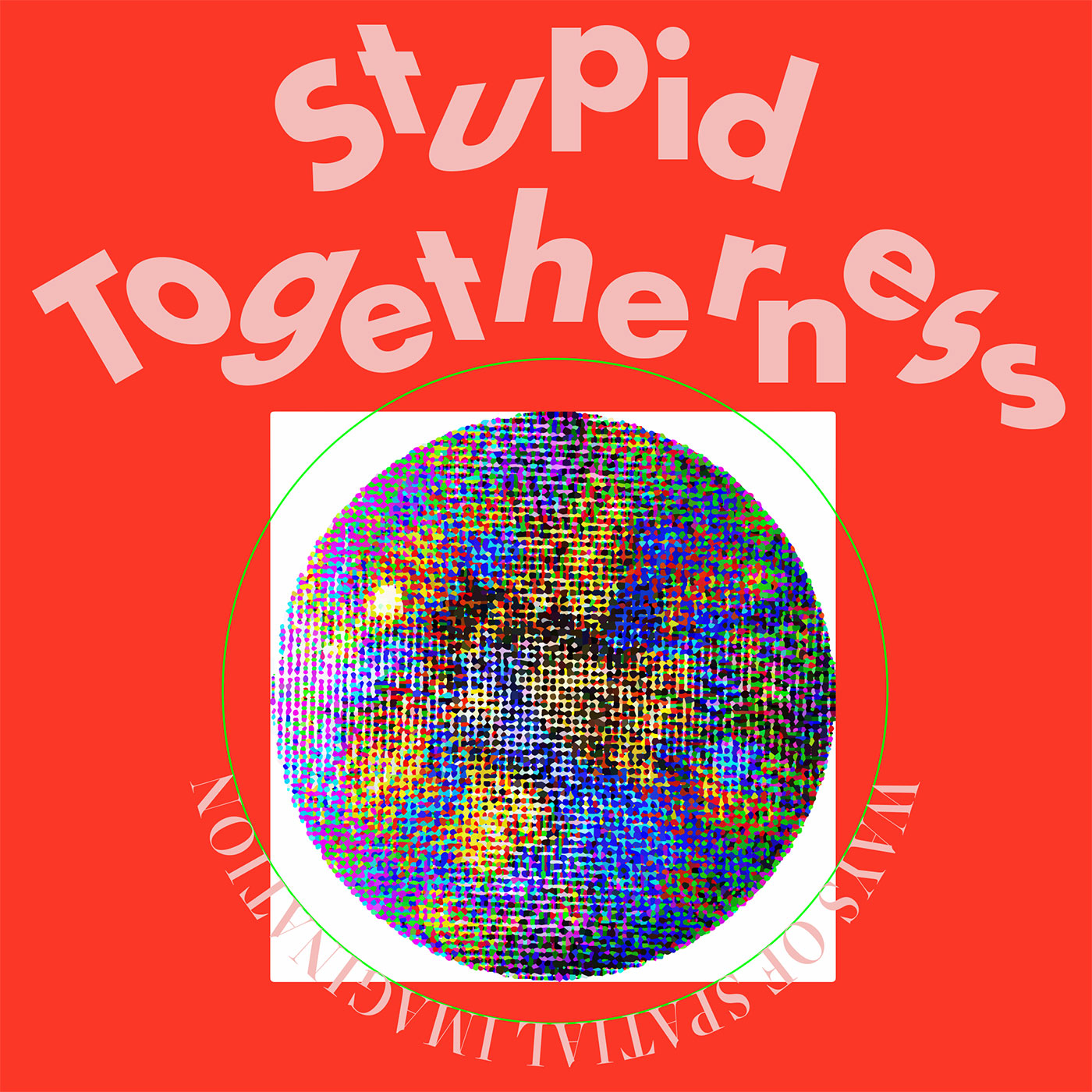
Stupid Togetherness
Silja Komulainen, Lilo Nöske, Marion Renard, Pascaline Robinot, Agca Saglam, Galyna Sukhomud
2022
Keywords: public space, embodied knowledge, collaborative practice, urban pedagogy, playful urban exploration, subversion, psychogeography, commonness
Threads: Cooperating with(in) arts and culture, (Un)framing Knowledge, Inquiring
Short description
The project Stupid Togetherness seeks to question existing spatial mechanisms and explore the possibilities for collaborative engagement within the urban spaces. Inspired by theories and artistic approaches such as urban studies, affect, and urban hacking, the approach of stupid togetherness was developed. During the Winter School, the group invited participants to a workshop exploring an embodied experience of space, where spatial power hierarchies are subverted in unexpected ways. The experiences were collected in the end and worked into a manifestos.
Personal appreciation
International and interdisciplinary, our group consists of students of architecture, cultural management, media studies, and urban studies from four different countries. The members share a common, yet multifaceted interest in the various struggles and negotiations within the city space and territory.
Contribution to the "Who knows?" handbook
To explain our understanding of these hierarchies, we define space as produced through knowledge created by dominant economic, social, and political groups. Other voices remain marginalized in the official channels of spatial production. Our workshop invited participants to challenge this hierarchy-creation and exclusion mechanism and instead re-imagine it through manifestos. Normally a tool of declaration used by architects, social thinkers, and urban planners, manifestos are rarely created by diverse groups of citizens. Appropriating this academic and exclusive tool, we wanted to subvert the dominant ways of spatial production by giving a voice to everyone.
Material(s)
These manifestos were created by a group of students involved in the Shakin project after a workshop exploring an embodied experience of space, where spatial power hierarchies are subverted in unexpected ways.
Link to material #2 - (Part 2/3)
Link to material #3 - (Part 3/3)
Additional Information
| Location | De-centralized project held in Belgrade, Serbia, Weimar, Germany and Lyon, France Experimentation held in Lyon, France |
| Original language(s) | English |
| Existing translations | |
| Length | Fall 2021-Summer 2022 |
| Project runtime | 2021 - 2022 |
| Institution of affiliation | Bauhaus Universität Weimar Université Lumière Lyon 2 |
| Sponsor(s) | Sharing subaltern knowledge through international cultural collaborations (SHAKIN') EU’s Erasmus+ program |
Additional Pictures
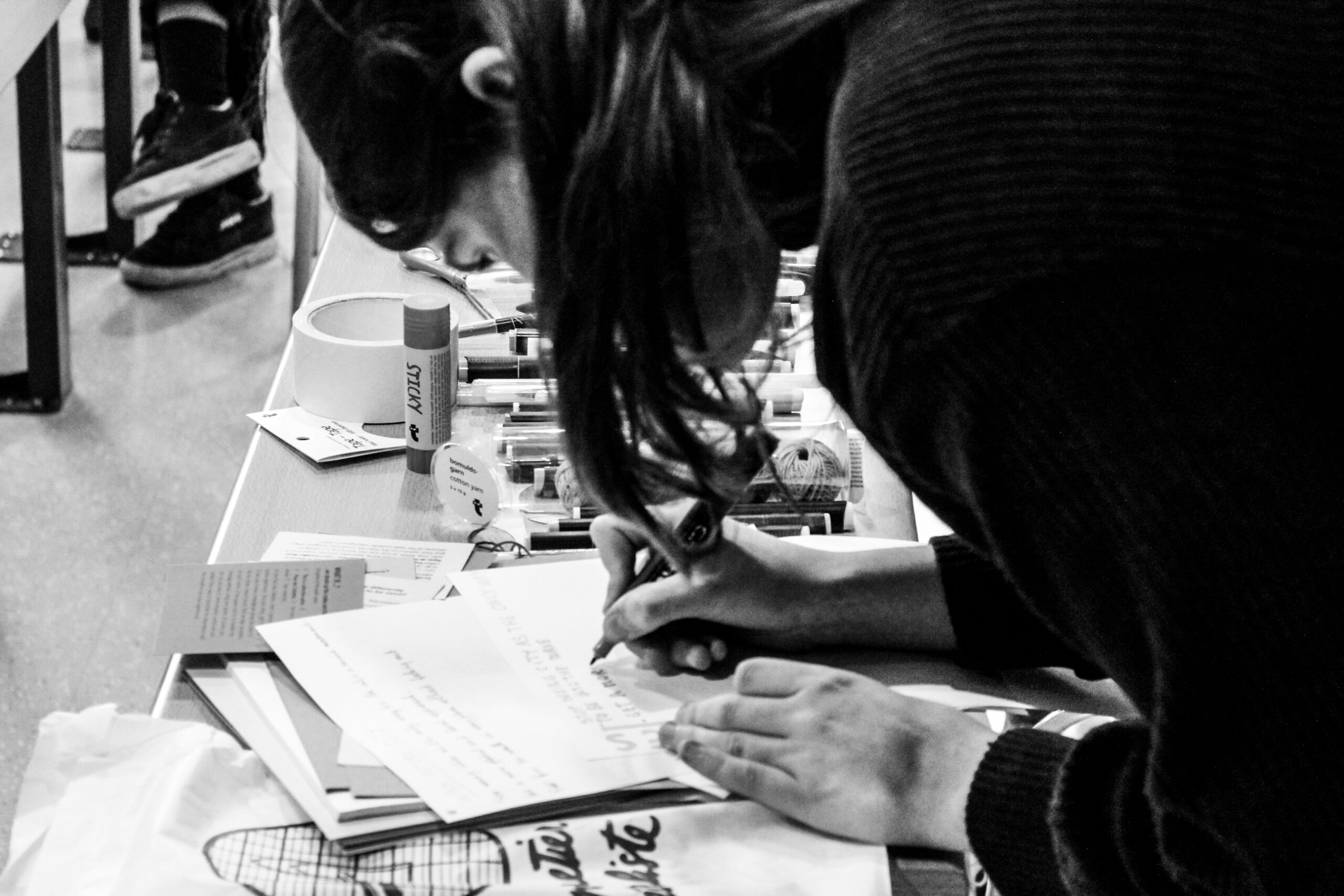
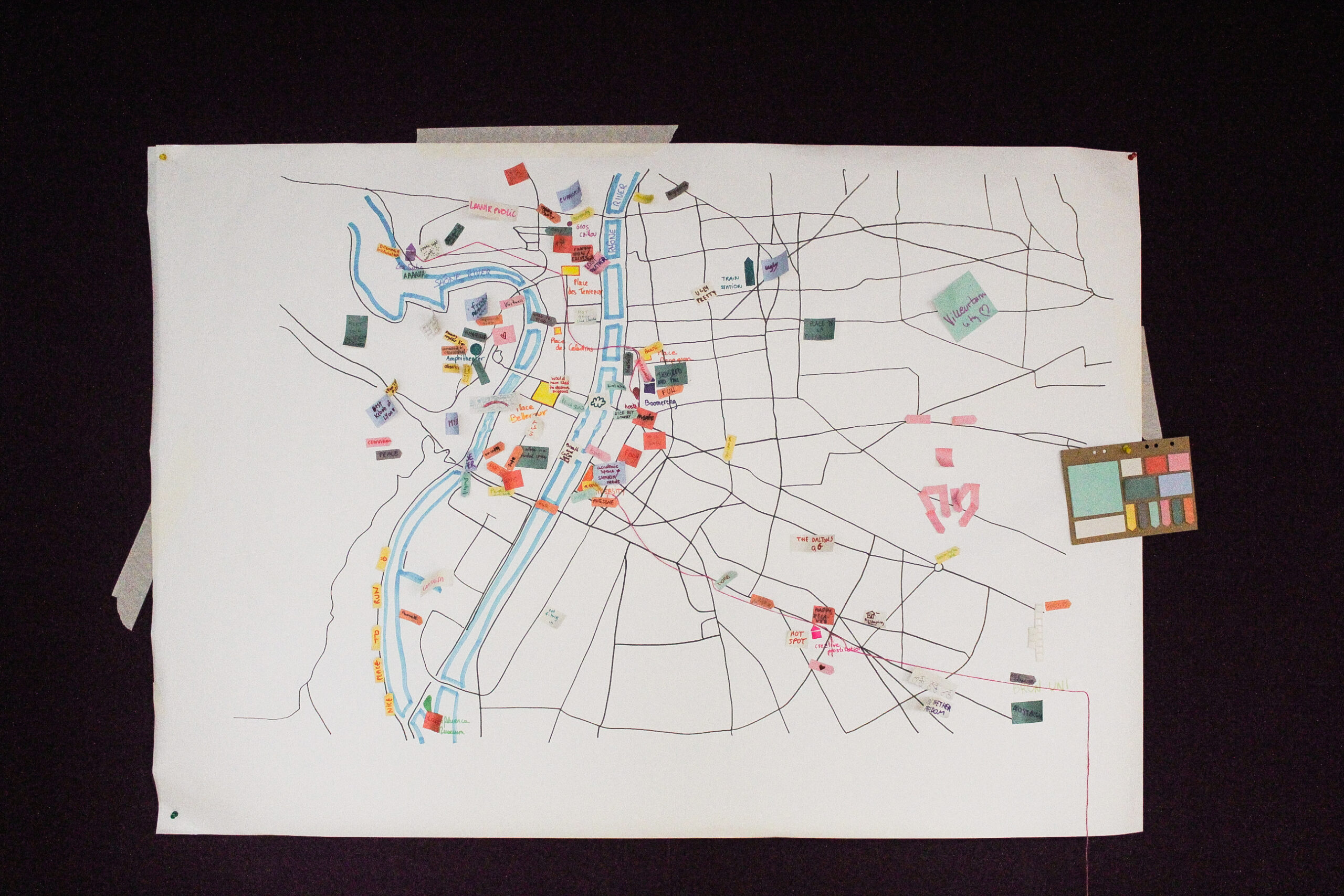
Creative Commons
Related Contributions
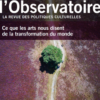
Ce que les arts nous disent de la transformation du monde (What the arts say about world transformations), Revue L’observatoire n°57, la revue des politiques culturelles
Jean-Pierre Saez, Maud Le Floc’h, Camille de Toledo, Bruno Latour, Estelle Zhong Mengual, Marielle Macé, Jean-Philippe Ibos, Lauranne Germond, Thierry Boutonnier, Thierry Dutoit, Olga Kisseleva, Benoit Peeters et François Schuitten
2021
This magazine gives the floor to artists and philosophers focused on climate change and biodiversity in relation to art. They tell us how the world is changing, the main issues and their vision on a new world they are expecting.

Anthropocene Curriculum
Haus der Kulturen der Welt, List of Contributors
2013
What should a body of “earthbound” knowledge contain that traverses from the global to the local and back?
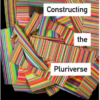
Constructing the Pluriverse: Geopolitics of Knowledge
Bernd Reiter (editor)
Zaid Ahmad, Manuela Boatcă, Hans-Jürgen Burchardt, Raewyn Connell, Arturo Escobar, Sandra Harding, Ehsan Kashfi, Venu Mehta, Walter D. Mignolo, Ulrich Oslender, Issiaka Ouattara, Bernd Reiter, Manu Samnotra, Catherine E. Walsh, Aram Ziai
2018
The contributors to Constructing the Pluriverse critique the hegemony of the postcolonial Western tradition and its claims to universality by offering a set of “pluriversal” approaches to understanding the coexisting epistemologies and practices of the different worlds and problems we inhabit and encounter.







